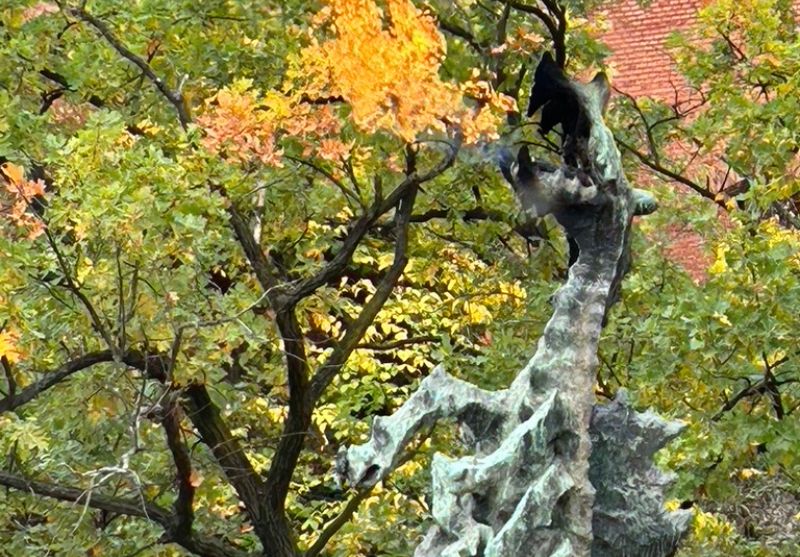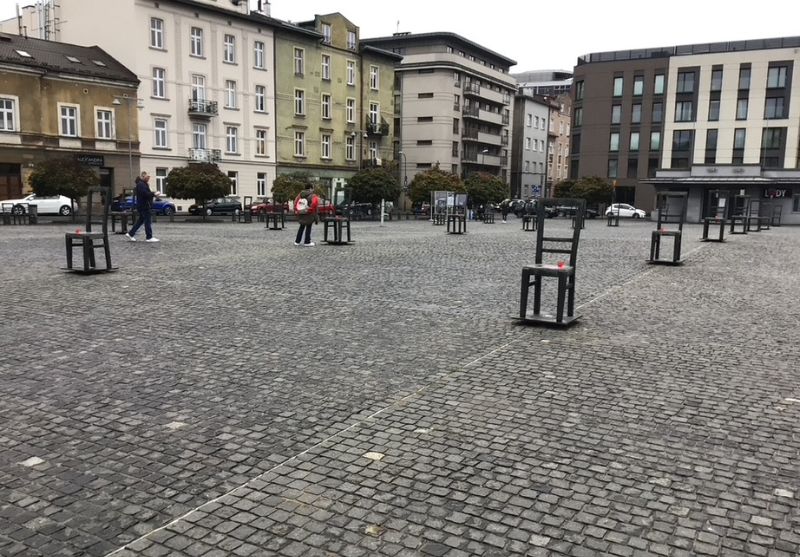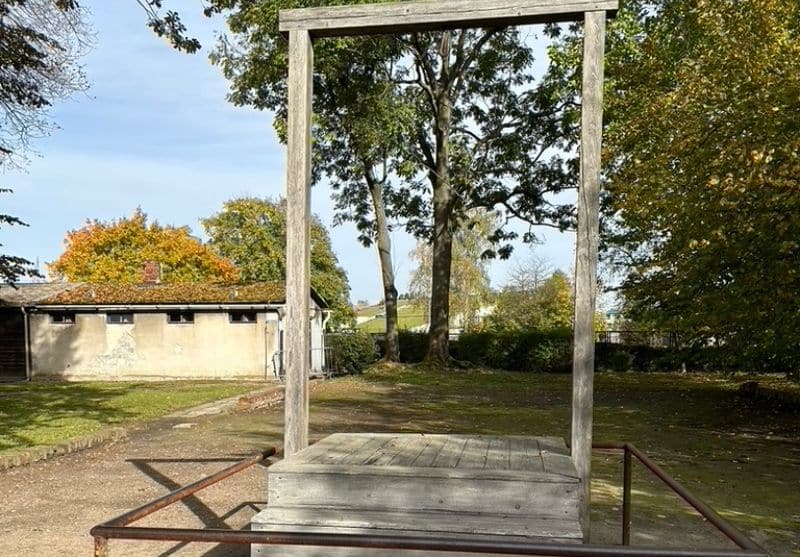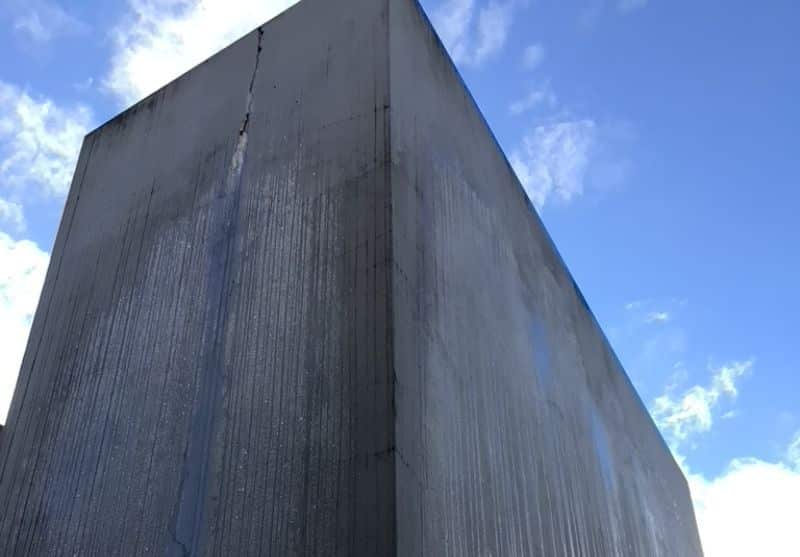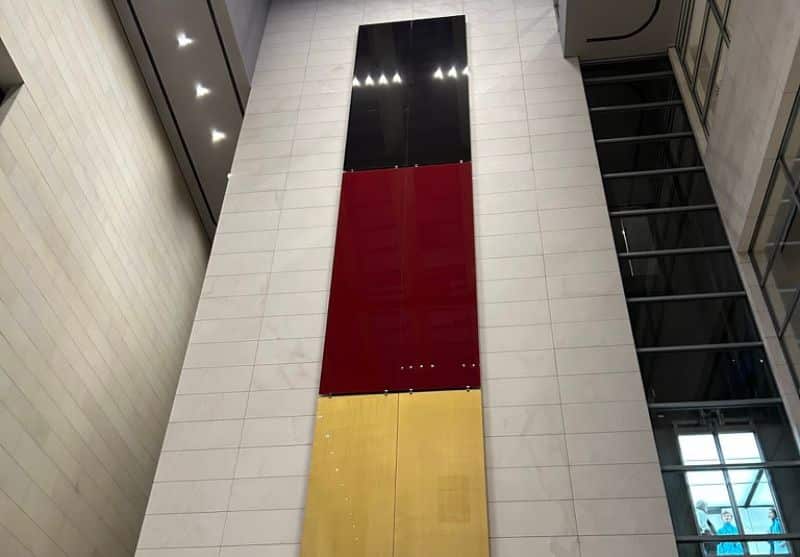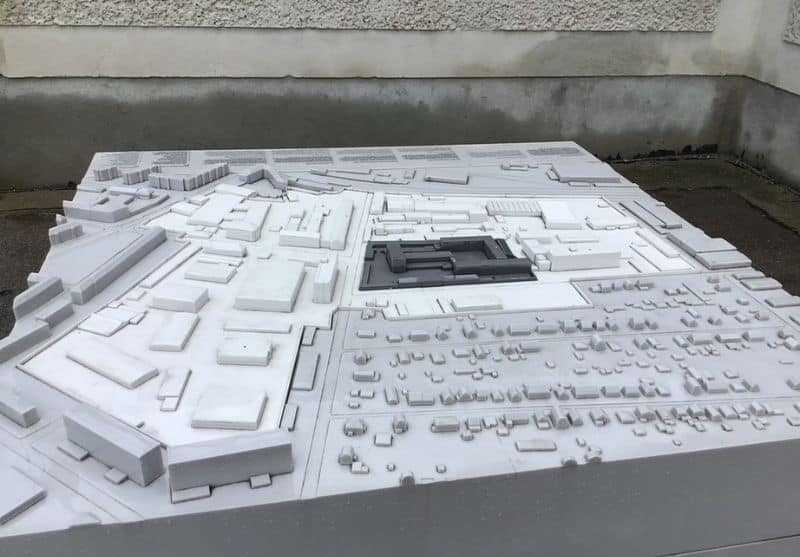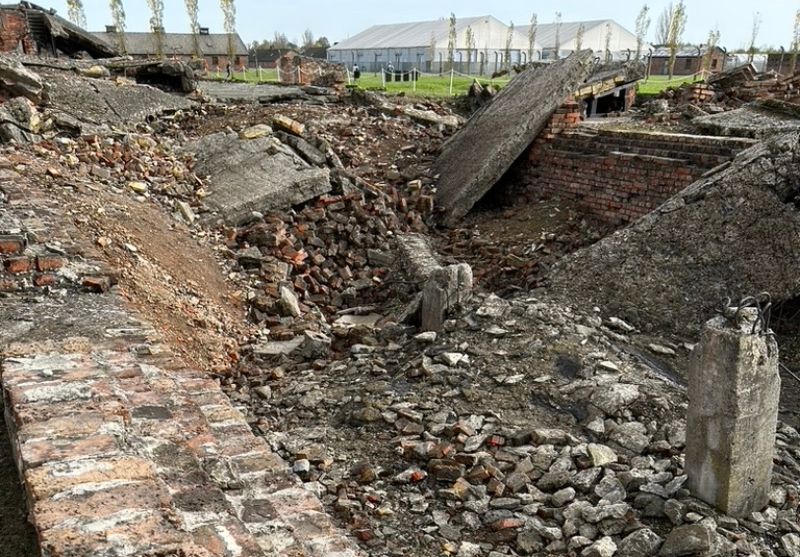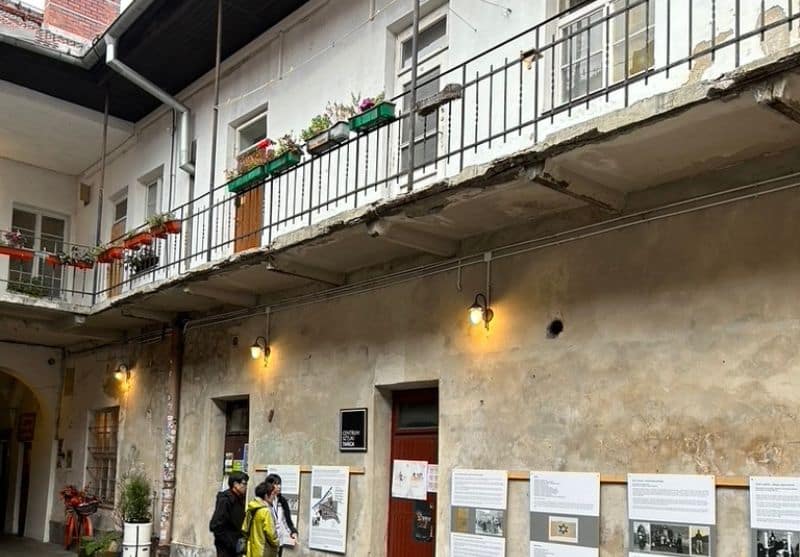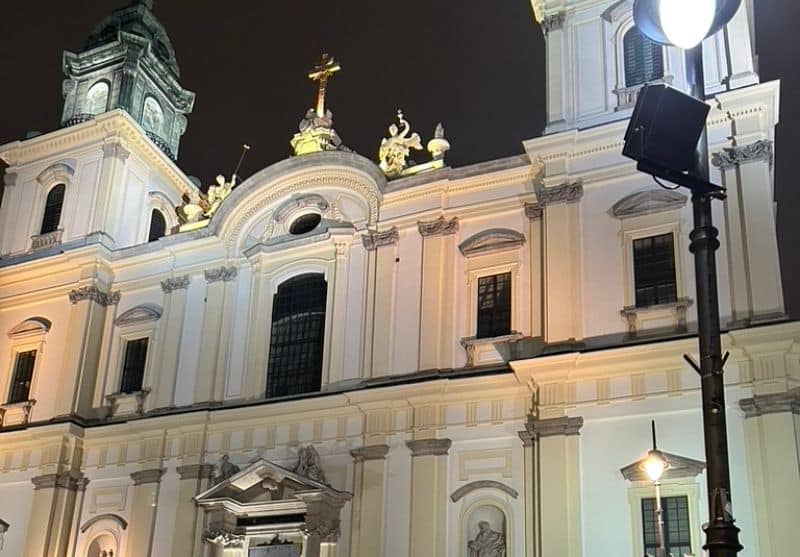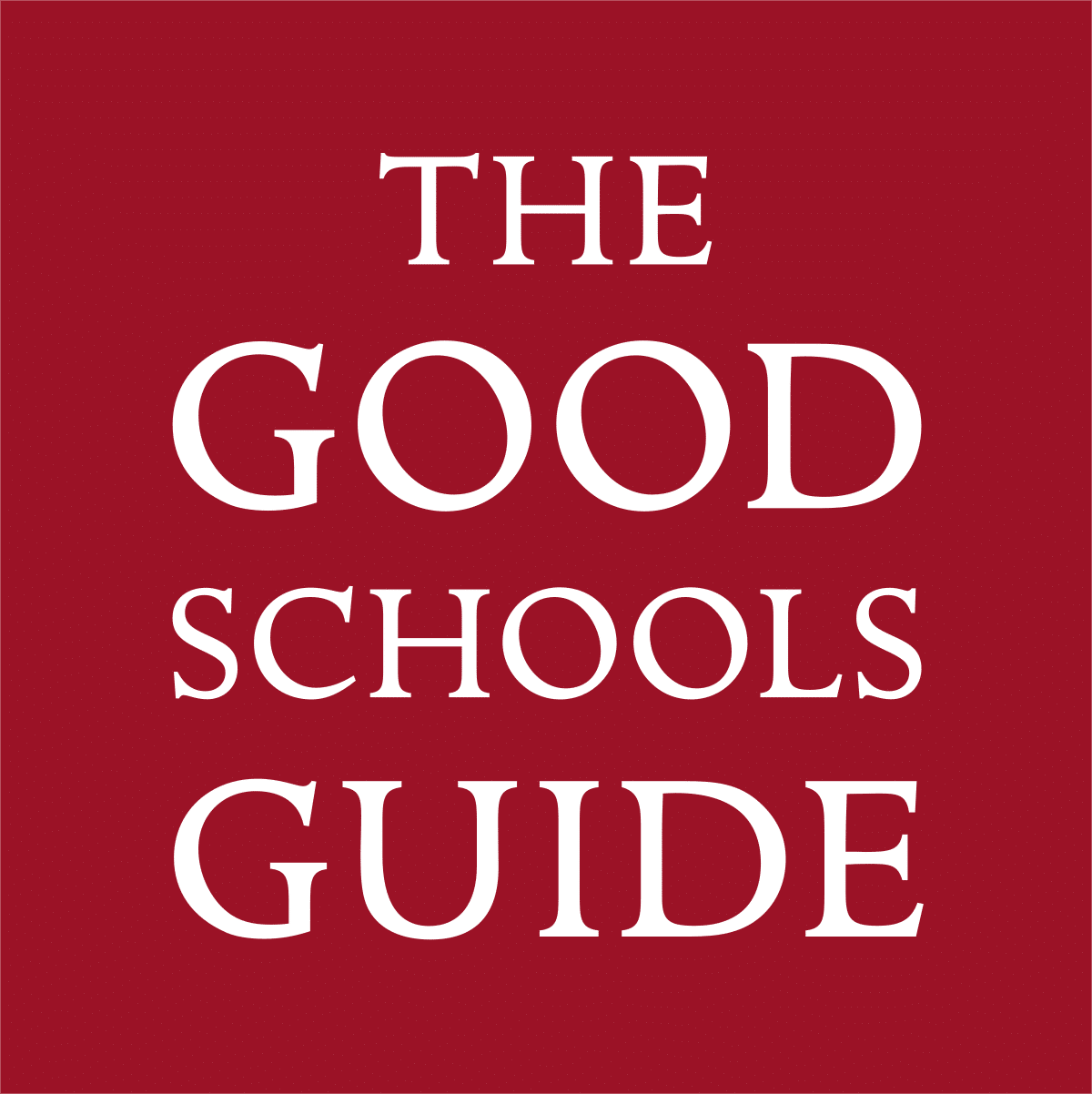
“Berlin is a city condemned forever to become, never to be”. Perhaps the most quoted sentence about the German capital, the art critic Karl Scheffler’s
acerbic aperçu is as true today as it was when he coined it in 1910.
One of the classic “modern” cities of Europe, Berlin was, nonetheless, a late starter, far behind London, Paris and Vienna and, like many younger siblings, the city has protean energy, re-inventing itself countless times in the last 150 years as it has sought to establish its own identity. Variously it has been a military barracks, an industrial powerhouse, a centre of learning, a hotbed of decadence and the laboratory for the worst experiment in horror known to man. It was, of course, from this place that Hitler launched his armies to visit genocidal war on Europe, while between 1945 and 1990 it became the epicentre of the Cold War. Here families lived, divided by the Wall, while spies, Stasi and Superpower played dice for the city’s future direction. Today, post-reunification, the city incorporates 180 nationalities, with migrants making up a quarter of its population. Berlin never stands still. It is never satisfied. It never believes it has the answer. As such it is a fascinating place to visit, most especially for the historian.
Monuments speak to the city’s recent past and while the Brandenburg Gate shouted hubris, the Memorial to the Murdered Jews of Europe, built close to the ruins Hitler’s bunker, amplified the crimes of Nazi Germany. The Reichstag building, fired by the Nazis in February 1933, is very much the phoenix rising from the ashes of this tumultuous age, and it was here that German democracy and reunification were born 33 years ago. Our party was privileged to sit in the chamber of Bundestag, the legislature of the German republic, and gain some vital insights into the workings of this model with a name-check to Montesquieu to the delight of students and teacher of the Enlightenment, and then ascend Lord Foster’s dome as the sun set over the city.
Back at our hostel, a number of the group crowded around an iPad to watch England’s rugby team’s hopes fade in similar way, although as one member of the group demonstrated the “upper and under” was an unused tactic which has no ceiling!
Each day of the tour was framed by a “big question” and Day Two focussed on “What was life like in Stasiland?” Hohenschönhausen, an East German Ministry of State Security prison, highlighted the use of psychological intimidation as a tool of repression, all dressed in the lexicon of Orwellian “Doublethink”. From here we travelled via the DDR Museum with its original Trabant P601 car and fully-furnished reconstruction of a high-rise tower block, to the Berlin Mauer, the “Anti-Fascist Protection Rampart” designed to protect the proletariat from the evil influence of the capitalism, while simultaneously preventing the free movement of East Berliners to the West.
Currywurst replaced roast beef for Sunday lunch, while Sonntag concluded with a visit to der Fernsehturm, built in the 1960s as a tribute to the strength and efficiency of the socialist system with a sphere intended to remind people of the Soviet sputnik satellites, but now recast as a symbol of the reunified city.
Our third day returned to the theme of the Third Reich with a focus on German complicity in the Holocaust. Beginning at Grunewald, an unremarkable middle-class suburb of Berlin, pupils visited the track-side memorial at Gleis 17, commemorating the expulsion of Jews from Germany by railway to venues soon to become synonyms with the destruction of European Jewry. Memorials are all that remain of the dwellings, hospitals, markets, prayer houses, schools and theatres which characterised the city’s vibrant Jewish community before law and bullet rendered the nation Jüdenfrei. A headstone-less cemetery highlights Hitler’s attempts to eradicate the Jewish culture, while Stolpersteine (“stumbling stones”) commemorate individual victims of Nazi persecution. The role of victims, perpetrators and bystanders was offset by a visit to the workshop of Otto Weidt, who fought to protect his Jewish workers against deportation and included the rescue of an employee from a Nazi death-camp.
Lingering outside the restored Neue Synagogue, which was saved from destruction on Kristallnacht in 1938 by the actions of a local police officer only to be destroyed by Allied bombers, the current protective barriers and police protection highlighted that anti-semitism is not just for historians.
While the focus of Holocaust studies has become more diverse, like the tramlines of Nazi Europe, the epicentre of the Churban is always the unassuming provincial town of Oświęcim, 50 miles from Krakow. Here Auschwitz functioned as a factory for mass-murder, receiving transports from all over the continent, from the Channel Islands to Salonica.
Pupils and staff entered this place in silence, listening to the names of a tiny fraction of those murdered, before passing the gates cynically signed with the false promise “Arbeit macht frei”, then touring the former barracks containing the personal effects of those “transported” to the East for “re-settlement” aka “liquidation” in the euphemistic language of the Schreibtischtäter. At Auschwitz-Birkenau the infamous gateway with its control tower through which the transport trains passed still stands, as do the platforms where the victims of the Shoah unloaded. The gas chambers and crematoria beyond the end of the platform were blown up but their ruins remain. Most of the wooden huts have now gone, but their brick chimneys as well as 60 or more huts give you a sense of the scale of the place and this was remarked on by pupils in our evening reflections as we considered the future of the former death-camp in the context of “Holocaust denialism”.
Walking-tours of Krakow highlighted its beauty. The Cloth Hall, the medieval castle on Wawel Hill and the swirling extravagance of baroque churches once be-sermonized by Pope John Paul II, however, tell little of the recent misery visited on this place. During our visit to Kazimierz, the old Jewish District, we learned how the Jewish population went from wealthy traders, court advisers and professors to victims of racial intolerance, culminating in their expulsion to wartime ghetto of Podgorze. Each street-corner in our tour was punctuated by stories of individuals who once inhabited these streets, such as the cosmetic entrepreneur Helena Rubinstein or the film-maker Roman Polanski. Outside his enamel factory, we heard the story of Oskar Schindler, whose “list” numbered 1 200 Jews saved during the vicious liquidation of the ghetto macabrely confined by walls carved in the shape of tomb-stones.
Warsaw rose to prominence when King Sigismund III moved the nation’s capital from Krakow in the 16th century and the city was widely known as the “Paris of the North”, thanks to the beautiful boulevards lined with grand architecture. A final night in Warsaw gave us the chance to see the capital ’s restored beauty under moonlight and reflect on the tyranny visited on the country by two hundred years of oppression and the bravery of Poles fighting to preserve both their independence and existence.
In the rain of a grey Varsovian morning we considered both the uprising led by the underground Polish resistance movement and the Home Army, which between April and August 1944, fought to retake Warsaw from the Germans, and the earlier Jewish Ghetto uprising following the mass deportations as news of the gassing in Treblinka reached the starving, poorly armed inhabitants of the ghetto determined not to go like “lambs to the slaughter”. We reflected further on the wider cultural and spiritual resistance of the remnants of the 3.4 million Jews who lived in Polin in 1939, ironically “a resting place”, following centuries of intolerance for Jews of the Diaspora.
The clear skies over London as we circled for landing contrasted with the dark clouds elsewhere in the world and one could not help but ponder on Mark Twain’s words that “History never repeats itself, but it does often rhyme”.
Mr Medhurst
Director of Teaching & Learning
Related Posts
It has been a whirlwind few months for our Head Boy, John F. Following a thrilling journey documented in the Netflix docuseries Simon Cowell: The Next Act, our Sixth Form student has been revealed as one-seventh of the new British boyband signed to EMI/Universal, December 10. WATCH their live studio performance of NSYNC’s “Bye [...]
The annual Senior School Christmas Service, the highlight of the school calendar, is a spectacular occasion of light, sound and deep tradition within Rochester Cathedral. Lit by hundreds of flickering candles, the atmosphere was simply magical as the congregation joined in the traditional Service of Nine Lessons and Carols. The evening began with the [...]
The Senior and Junior Schools celebrated our annual Toy services this week. Mr Smith and Rev'd Ruth Pyrke delivered talks on the value of giving and how we can be a gift to one another. At the end of the services, during the final hymn, pupils brought up their toys and we were all [...]












